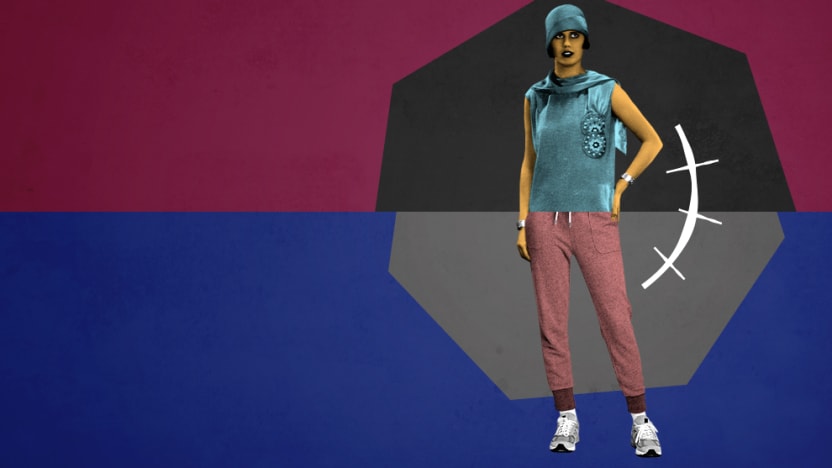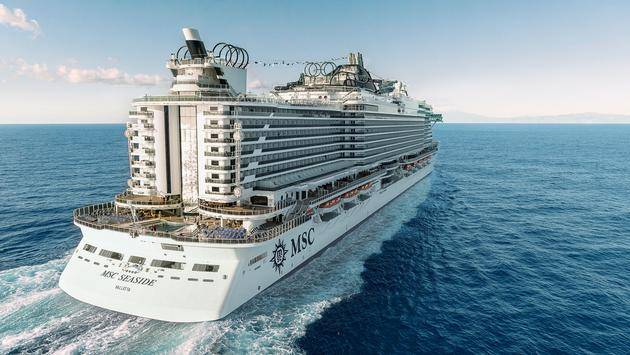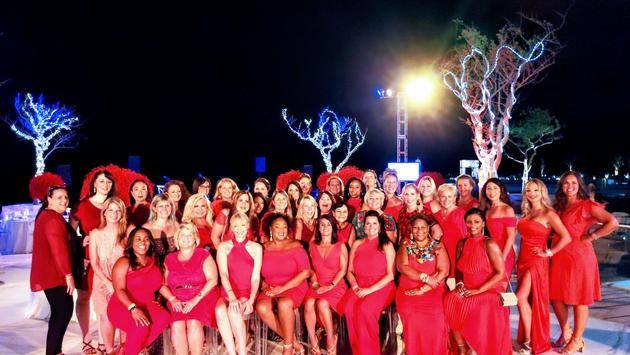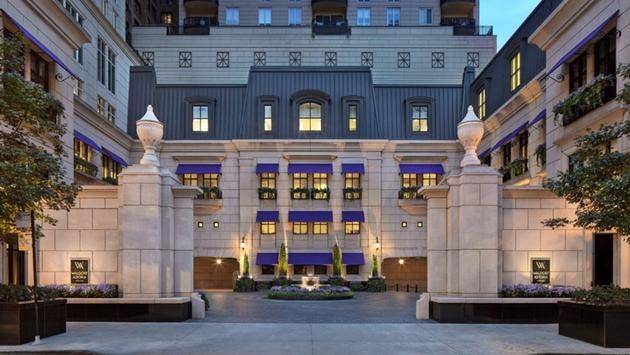What will be the flapper dress of the Roaring 2020s?
To get my second COVID-19 shot, I wore an outfit that was entirely too much.
I'd originally bought the pink-and-blue tiger-striped crochet dress and matching high heel boots for a costume party in 2016, and hadn't touched them since. But as I prepared to leave for my appointment, looking from the pile of sweatpants I'd been wearing on rotation for the past 13 months to the eye-catching pink hanging on my garment rack, I made up my mind. Really, the dress was practical for such an occasion, I told myself: After all, it was conveniently sleeveless.

The urge to wear over-the-top outfits to vaccine appointments is, I sense, only a precursor of what's to come. Having spent the past year changing from "night pajamas" to "daytime pajamas" and back again, I crave any occasion, now, to dress up and be seen. But it's not just me: History shows us that times of tumult tend to result in bold approaches to fashion — and the COVID-19 pandemic very well might usher in a whole new era of maximalism.
The first time I ever wrote about the new "coronavirus" was in a February 2020 article about pandemic-inspired clothing. "The history of fashion," I began, "is a history, also, of disease." Almost overnight, quarantine reshaped our sense of style, from the widespread incorporation of masks into outfits (which, citing the literature available at the time, I'd been ignorantly skeptical of in my initial piece) to the shameless proliferation of all-occasion loungewear. Newspapers have breathlessly covered what's in and what's out: "Will working from home kill the bra forever?" The Wall Street Journal wondered. "The question now is whether [high heels will] ever rebound," one footwear analyst told The Washington Post. "To hell with anything with buttons," an analyst ranted to The Seattle Times. And pledged one memorable New York Times Magazine headline last year: "Sweatpants forever."
But all that might be short-term thinking. The real interesting moment for clothing actually begins now, as some parts of the world begin to reemerge from the worst of the pandemic. "I am skeptical that people will ever stop caring entirely about what other people are wearing," Richard Thompson Ford, the author of Dress Codes: How the Laws of Fashion Made History, told The New Yorker Radio Hour dismissively of claims that loungewear is here to stay. As he went on to note, "Part of history that I describe as the birth of fashion in the book, a lot of this is coming off of waves of the [bubonic] plague. As the plague wanes, you had this explosion of very expressive fashions." He added, "another example, after the end of the Spanish flu, you get the Roaring '20s and flapper styles, which were a dramatic departure from earlier women's clothing."
Indeed, it's hard to miss the parallels between now and the beginning of the 1920s. "The generation before [the Roaring 20s] had been slaughtered in the war, and there was a devil-may-care attitude," Dennis Nothdruft, a curator at London's Fashion and Textile Museum, told the BBC as a partial explanation for the famous extravagance of the era. And while we haven't survived a war specifically, more Americans died of COVID-19 than were killed in World War I, World War II, Korea, or Vietnam. The trauma of the past year could very well translate into a desire to go big, the same way it did 100 years ago.
Other historical precedents suggest explosions of expressiveness follow periods of minimalism — like in 1947, when Christian Dior's "post-occupation pieces were richly designed, maximalist creations that dedicated serious yardage to full skirts," a marked shift from "American wartime fashions [that] emphasized simplicity and comfort," The Seattle Times reports.
Or, to translate that into 21st century terms: "I keep thinking of Karl Lagerfeld and his comment about sweatpants being a sign of defeat, of losing control of your life," fashion curator and historian Pamela Golbin told WWD. "When quarantine lifts, we could see people yearning to dress up again, and a strong move toward a return to maximalist glamour as a sartorial expression of liberation."
But what might that look like, in our era? What will be the distinctive maximalist look of the 2020s? Ford, the author, points to the interest in "Regency fashion" following the obsession with Netflix's Bridgerton and a curiosity about 1950s and 1960s clothing stemming from The Queen's Gambit and The Crown as possible starting places for people to "try something that's flamboyant and says 'here I am.'" Lilly Berelovich, the president of the trend forecasting firm Fashion Snoops, told WWD she expects to see "'emotional maximalism,' which is different from the peacocking genre of maximalism we have seen in the past, focusing instead around fabrics that feel good on the skin, color that evokes happiness, and silhouettes and exaggerated details that allow us to escape from reality."
Like all parts of modern culture, it's likely that there won't be one single defining look for fashion over the course of the next decade, the way the flapper dress now stands in (however anachronistically) for the 1920s. More probably, there will be room for niche tastes and experimentation, where every community has its own look.
Still, after a year of only changing into a collared shirt for cameras-on Zoom meetings (to say nothing about what might be going on with the bottoms), joyful overstatements are more likely than modest understatements. I've already started idly searching for something to retire the trusty WFH sweats that I bought last April. I think the flappers were onto something: I'm feeling sequins. Lots and lots of sequins.













